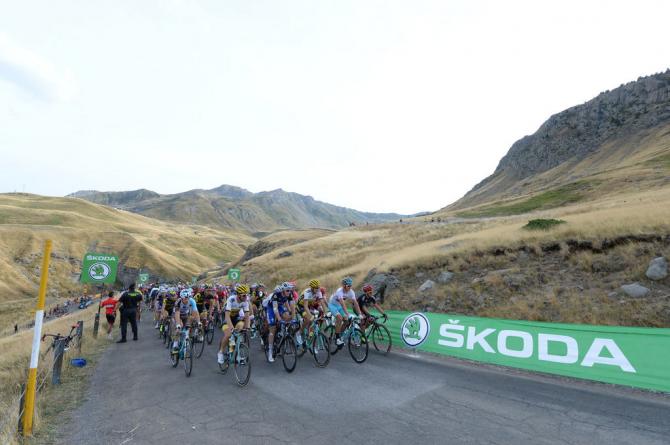10 biggest Cyclingnews stories of 2016
From motors to TUEs and the mayhem in between
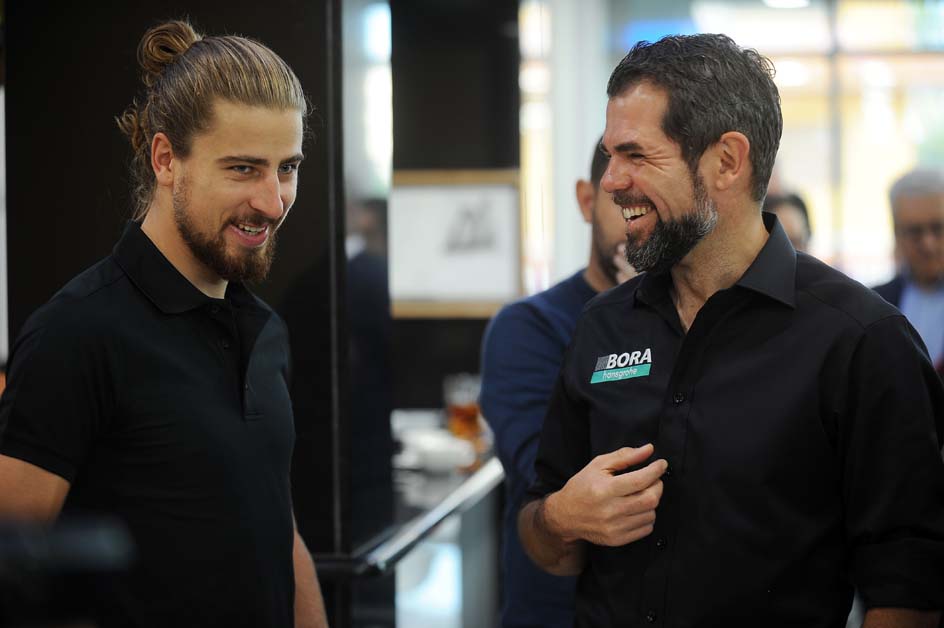
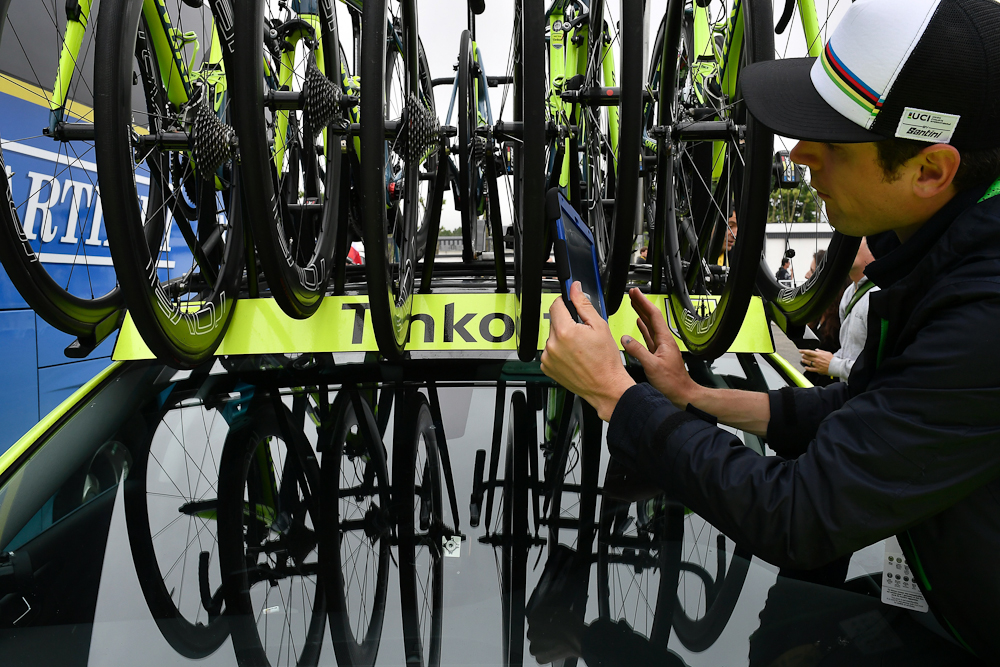
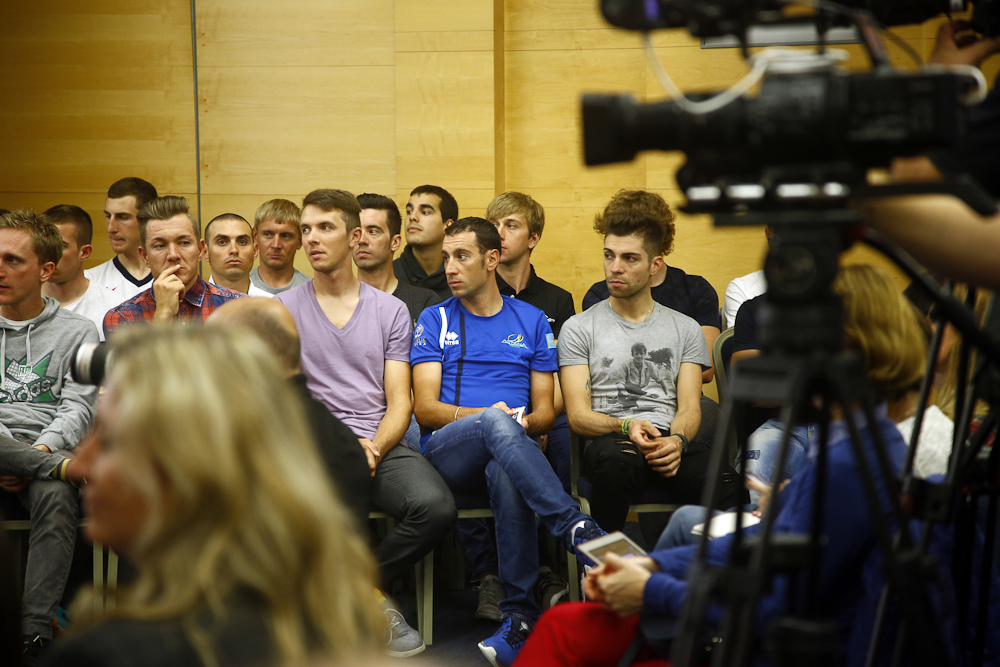
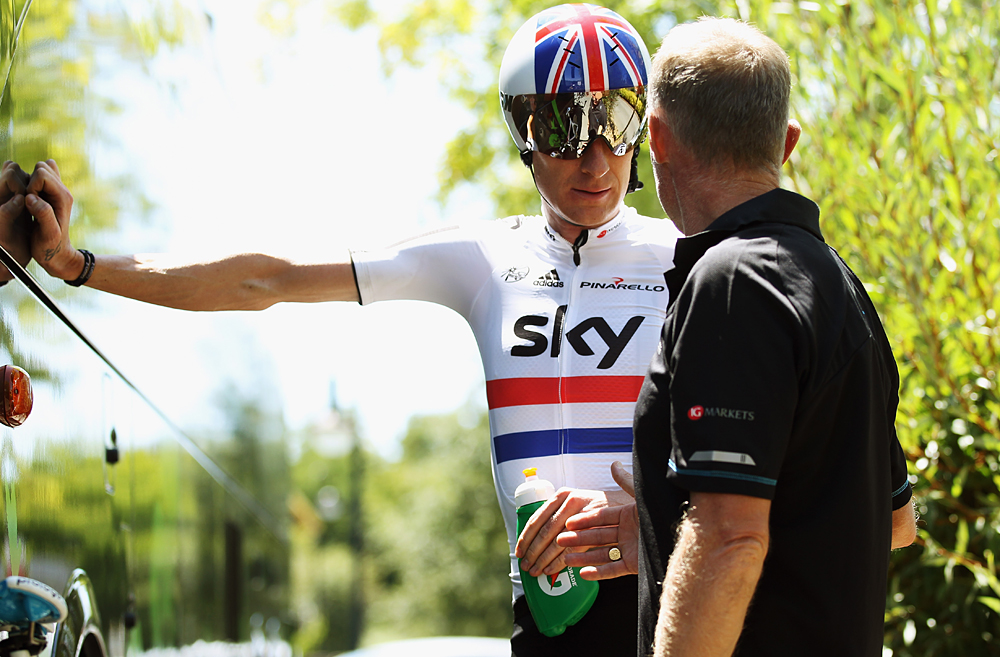
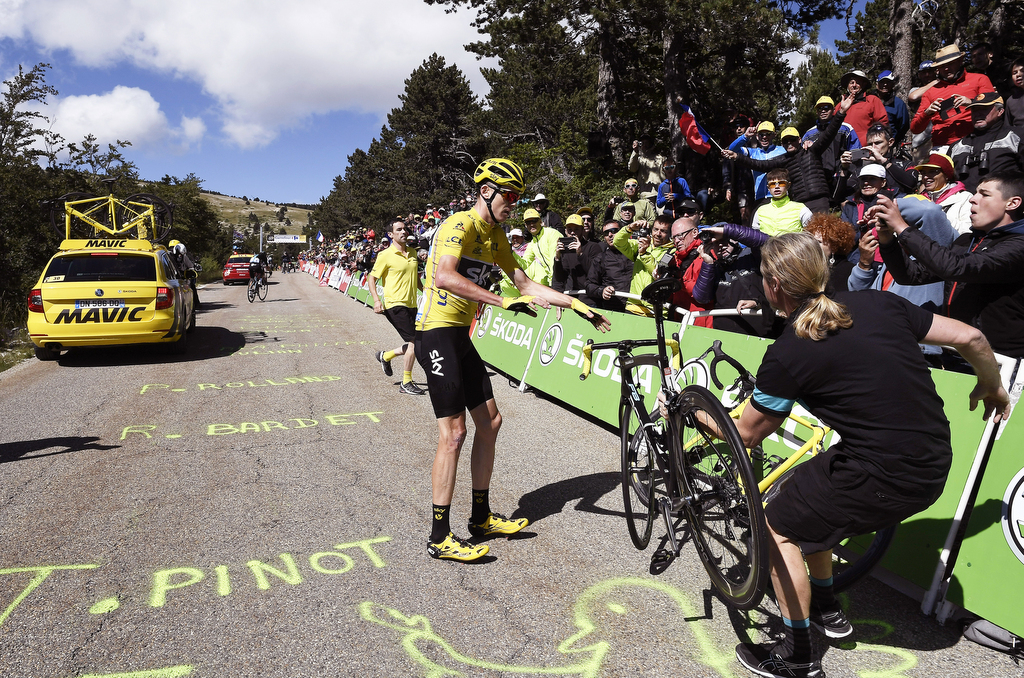
Thanks to the power of analytics, Cyclingnews has hard evidence that in addition to enjoying photos of new bikes and tech, arguing on forums and following races, our readers had a keen interest in the big news stories of 2016, so we present to you the most popular topics of the year.
1. Mechanical doping
Although there has been but a single case of a motor found in a bike at a UCI-sanctioned race – that of U23 rider Femke Van Den Driessche at the cyclo-cross Worlds – there has been ongoing debate as to whether or not professional riders have used or are using mechanical assist devices to get an advantage in races. The cycling world has seen with doping that the cheaters are frequently ahead of the testers, and suspicions run deep that the same goes for mechanical doping. The Italian media have speculated that teams are employing very expensive maglev technology, and that mechanical assist devices are outdated. But despite using scanners and x-rays, the UCI has not revealed any evidence that this type of cheating is really taking place.
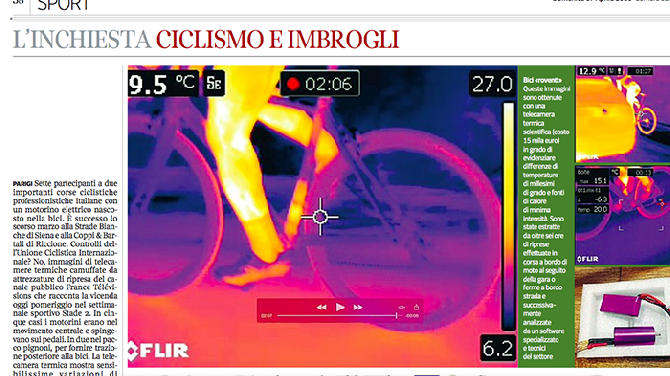
2. Mont Ventoux mayhem in the Tour de France
The Tour de France had plenty of drama, but it reached fever pitch on stage 12, when ASO was forced to relocate the finish line on Mont Ventoux five kilometers down the mountain due to high winds. The massive crowds closed in on maillot jaune Chris Froome, Richie Porte and Bauke Mollema and the television motorbike filming them was brought to a sudden halt by the crowd. All three riders went down, but Mollema was quickest up and made gains on Froome that would have moved him up the rankings. Adam Yates could have taken the maillot jaune, but the decision of the jury to keep the time gaps in place at the time of the incident meant Froome's 1:40 loss to Mollema after his foot chase up the final kilometer did not stand. This memorable incident was voted Moment of the Year in our Reader Poll.
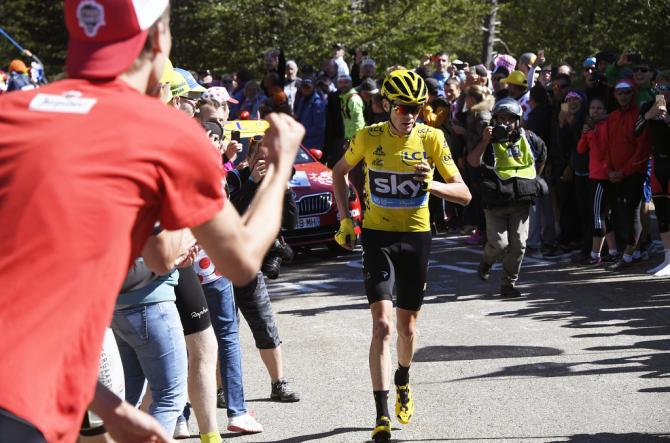
3. Bahrain-Merida emerges as new WorldTour team with Nibali at the helm
Early in the 2016 season, rumours of a new WorldTour team forming out of Bahrain backed by Prince Nasser bin Hamad Al Khalifa were confirmed, and skepticism and speculation swirled around the project. First it was suggested Bjarne Riis might have a role, but then Oleg Tinkov recommended otherwise while hinting that he would rather shutter his team than sell the WorldTour licence to the Bahrain team. Vincenzo Nibali had been linked to the team for months, and the transfer was confirmed in early August. There was plenty to follow as the Prince built his new squad around the Giro d'Italia winner.
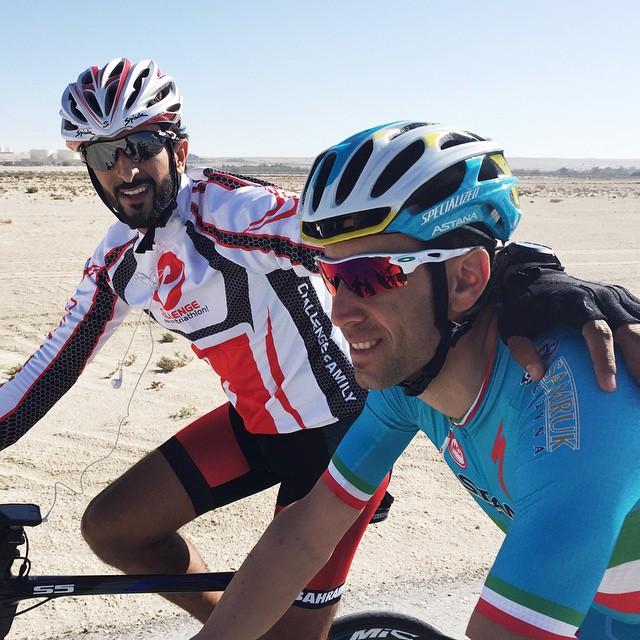
4. Tinkov ends team, Sagan signs with Bora-Hansgrohe
Oleg Tinkov announced early in the year that he would disband the team if he could not find a sponsor to help pay to keep it running. By the Tour de France it was clear the search had failed. With the impending end of the squad of World Champion Peter Sagan, there was ample speculation as to where the Slovakian might end up. At the same time he was winning his fifth straight green jersey in the Tour de France, Sagan's agents were shopping him around. There were links to Etixx-Quick-Step and Astana, but with his first Monument in the bag at Tour of Flanders and a slew of top results, Sagan's price tag soared. In the end, the world champion signed with Bora-Hansgrohe for a sum which Tinkov claimed was more than the €5 million deal he had with the Russian team.
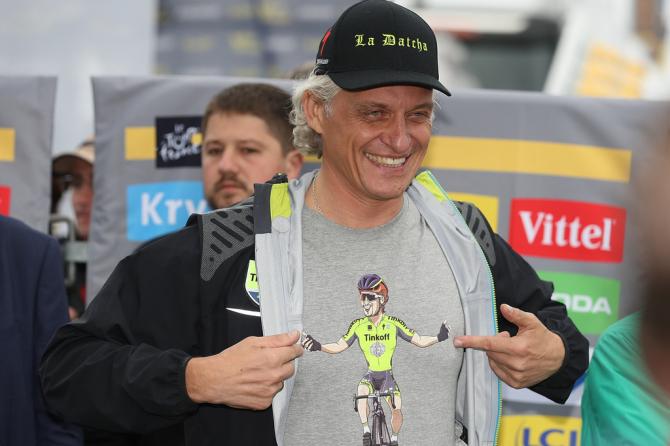
5. Russian hackers leak TUE data; Wiggins and the mystery package
After the state-sponsored doping scheme was uncovered by journalists and then investigators, Russia's Olympic team for Rio was gutted by bans. In revenge, cyber-hackers "Fancy Bears" gained access to the Olympic Games athlete ADAMS system and made public the details of 228 Therapeutic Use Exemptions, including those of Bradley Wiggins and Chris Froome. Froome's TUEs were already in the public domain, but questions were raised regarding Wiggins' use of injections of Kenalog-40 for his allergies. Wiggins, the UCI, and WADA all state that there was no misdeed, but the revelation has dredged up feelings of suspicion from a public that still has the betrayal of Lance Armstrong fresh in mind. Soon, we were asking 'what's in the Jiffy Bag' and David Brailsford was testifying in front of Parliament. A very strange year indeed.
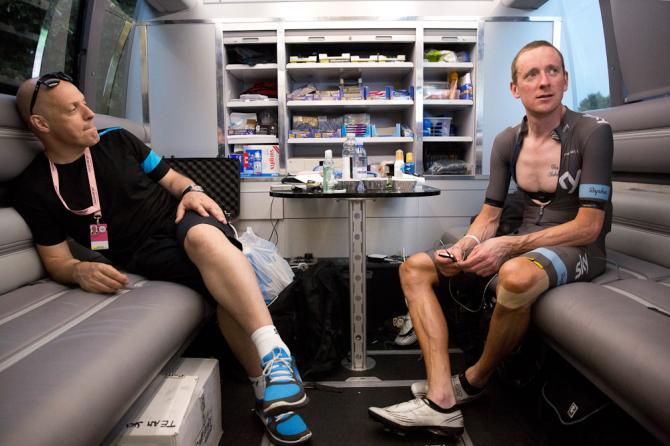
6. The great disc brake debate
When the UCI announced it would allow disc brakes in the road peloton by choice in 2016, continuing the limited experiment from last year, there were objections from riders union the CPA and other individual riders who viewed a peloton braking at different speeds as dangerous. Some were concerned that in a crash, the disc brake rotors could be come 'giant knives' – the claim of Francisco Ventoso, injured in a crash in Paris-Roubaix. Can these rotors slice and dice? The UCI appeared to take the risk seriously, allowing disc brakes back for 2017 so long as the edges are rounded.
Get The Leadout Newsletter
The latest race content, interviews, features, reviews and expert buying guides, direct to your inbox!
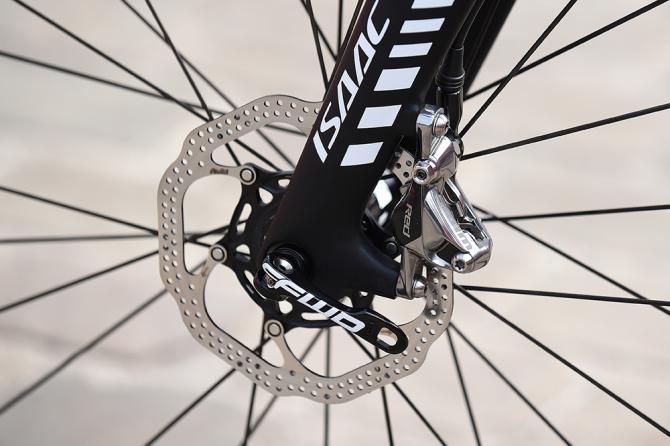
7. Giant-Alpecin team crash, Degenkolb's difficulties
The season started off on a somber note with news that a wrong-way driver had hit most of the Giant-Alpecin team head on as they were returning from a training ride in Calpe. The incident shook the cycling world from top to bottom, highlighting the vulnerability of all cyclists, even professionals at a controlled training camp. It was comforting to see Chad Haga joking about the incident on Twitter, but also difficult to watch him and defending Milan-San Remo and Paris-Roubaix champion John Degenkolb and the rest of the injured riders struggle to come back to top form. It was a relief when Degenkolb claimed his first win in the Arctic Race of Norway. We hope the demons of that crash have been exorcised.
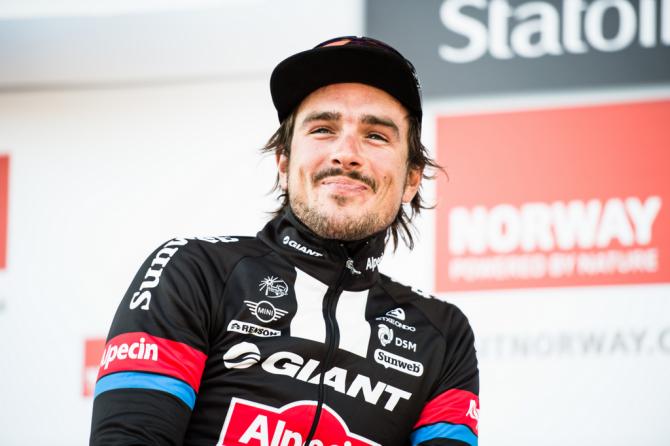
8. Demare's alleged tow on the Cipressa before his Sanremo win
Arnaud Demare (FDJ) was not among the top favourites for Milan-San Remo, but he proved everyone wrong, chasing back from a crash before the Cipressa to take an upset victory over Ben Swift on the Via Roma. But soon there were grumbles of disbelief - how exactly did Demare chase down a hard-charging bunch? Eros Capecchi and Matteo Tosatto claimed that Demare held onto his team car up the climb, allegations that FDJ directeur sportif Frederic Guesdon denied. Depending on who you ask, Demare's Strava file from the race proved or disproved the allegations.
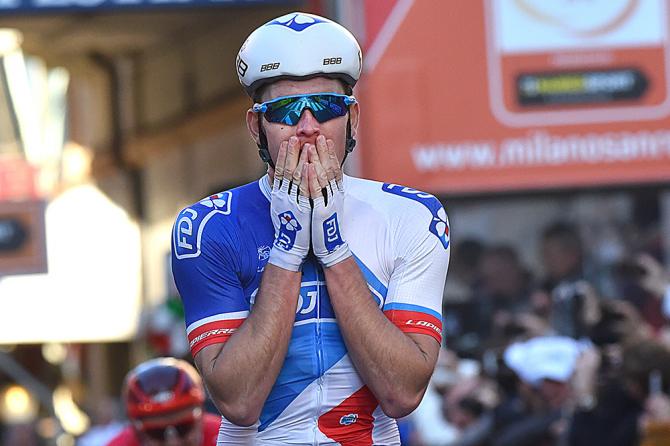
9. Jess Varnish's sexism claims
After the Track World Championships, where the team sprinters failed to qualify for the Olympic Games, Briton Jess Varnish openly criticized the decisions of the coaches that she said put them in that position. Soon, Varnish was summarily dismissed from the Olympic programme, a choice Shane Sutton said was performance based, but Varnish hit back with claims of discrimination and intimidation. Her claims – or at least one claim – was upheld by British Cycling and Sutton resigned. But the case opened up a can of worms, with former Olympians Victoria Pendleton and Nicole Cooke backing up Varnish, and the repercussions bubbling up to the very top of British Cycling.
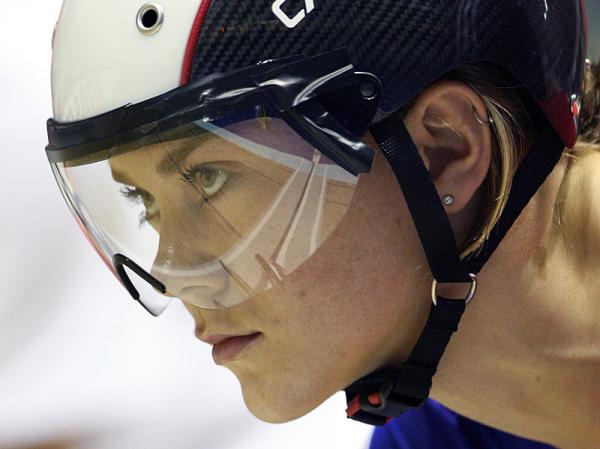
10. Riders missing the time limit in the Vuelta a Espana
The 2016 edition of the Vuelta a Espana was particularly brutal, and by stage 15 the majority of the peloton had apparently reached their limit – and that limit was outside the time cut. On a very short, very mountainous stage from Sabiñánigo to Formigal, Nairo Quintana and Alberto Contador went on the attack in the first 20km. The peloton was ripped to shreds by the furious pace of the attacks, and 93 riders came in together a full 20 minutes outside the time cut. Although the organisers decided to let them continue, Froome himself disagreed, saying they should have remained excluded, even though he would have lost his entire team.
